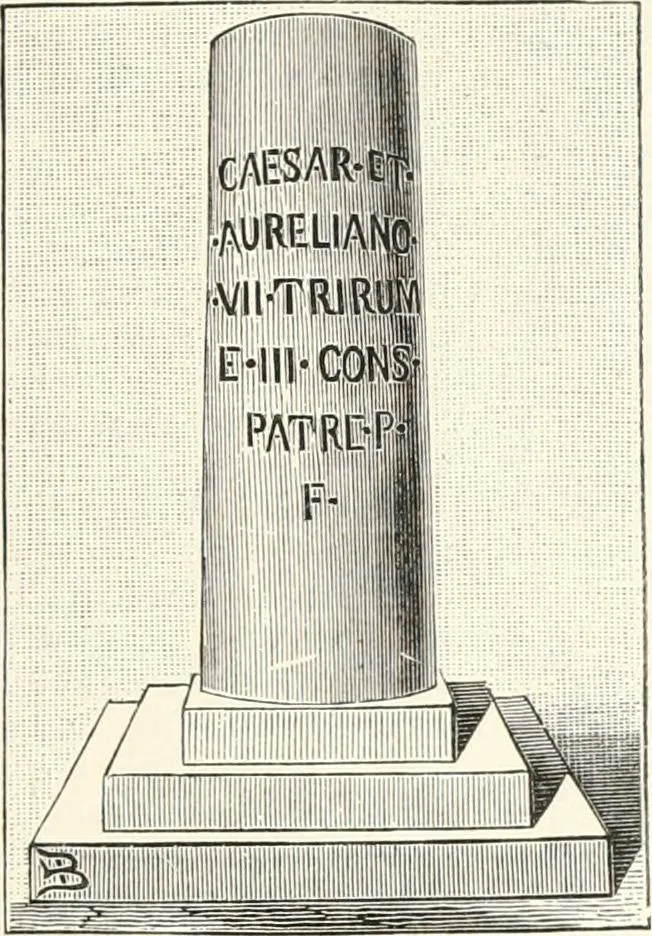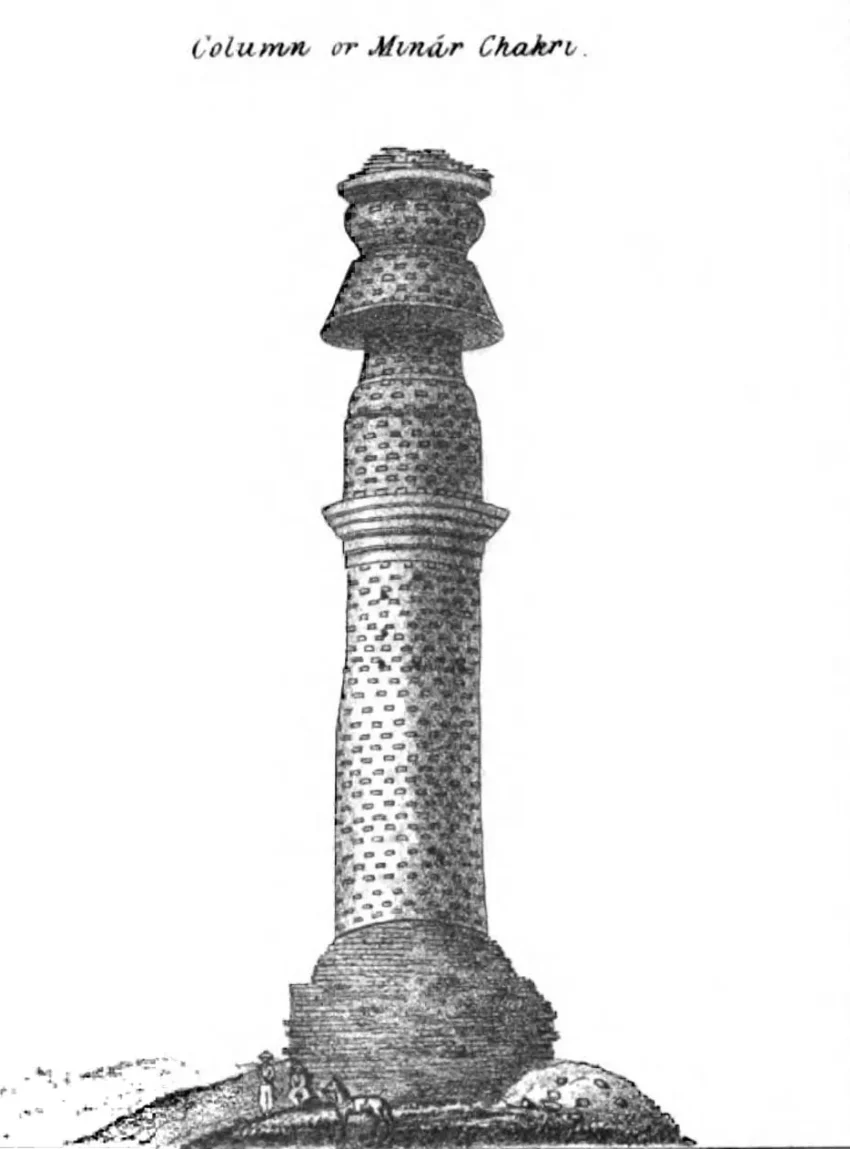Historical Significance of Minar-i Chakari
Minar-i Chakari stands as a significant historical monument, located 16 kilometers southeast of Kabul, Afghanistan. This pillar, crafted from carved stones, reaches a height of 28.5 meters. Historians recognize it as a part of the architectural heritage from the Kushan Empire era, dating back to the 1st century AD. Unfortunately, the Afghan Civil War inflicted severe damage on this structure. Moreover, in 1988, the Taliban regime further destroyed it.
Get your dose of History via Email
Geographical Context and Strategic Importance
The pillar is strategically positioned on the northern slope of the Shakh Baranta ridge. It extends 600 meters towards the Kabul plain. From this vantage point, one can view the city below and the snow-capped Hindu Kush mountains. To the south, a plateau stretches to another mountain range with peaks exceeding 3000 meters. Historically, Minar-i Chakari lay on a vital trade and tour route. This route was the shortest link to the regional capital of the Greek-Bactrian empire, Alexandria on the Caucasus, located 65 kilometers north of Kabul. The route also led southeast towards Jalalabad and onward to India.

During the reign of King Vima Kadphises around 100 AD, the region, then known as the Greek province Paropanisadai, was renamed Kabulistan. The provincial administration relocated to Kabul. This period marked significant economic growth and expansion into India, reflected in the construction of Buddhist monuments and monasteries around the capital. This included two Buddhist pillars in the south of the city: the 19-meter-high Surkh Minar, which collapsed in 1965 due to an earthquake, and the Minareh Syah at the mountain’s base, later named Minar-i Chakari in the 19th century.
Discovery and Historical Investigations
The Western world first learned of Minar-i Chakari through British soldiers exploring Afghanistan in the 19th century. In 1841, Charles Masson published a detailed report and a drawing of this “Greek monument” in London. Following the First Anglo-Afghan War, some of the British Army’s survivors also reported seeing the pillar. These accounts highlight the monument’s historical and cultural significance, bridging Eastern and Western historical narratives.
Sources: Wikipedia

